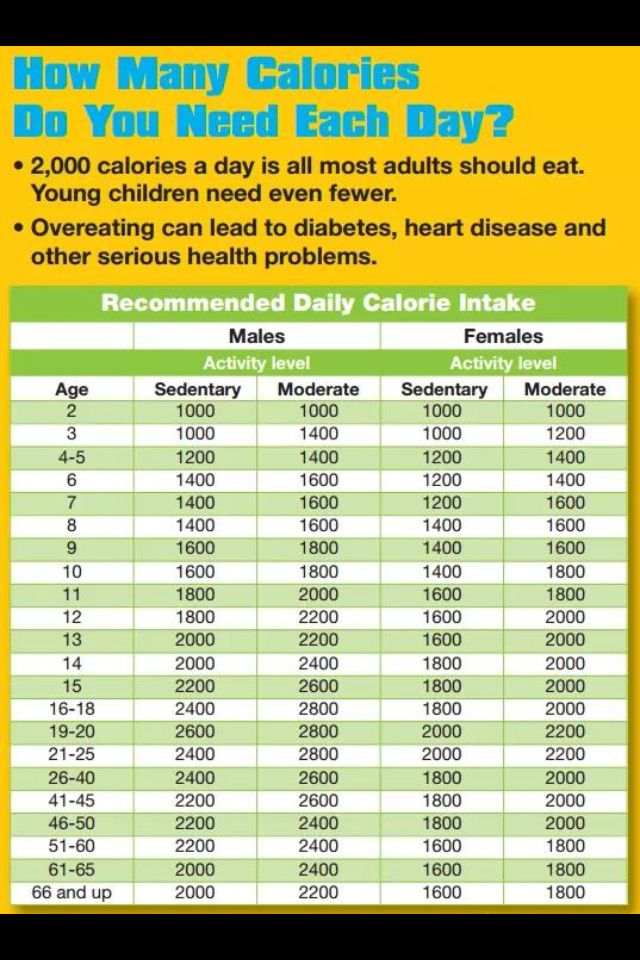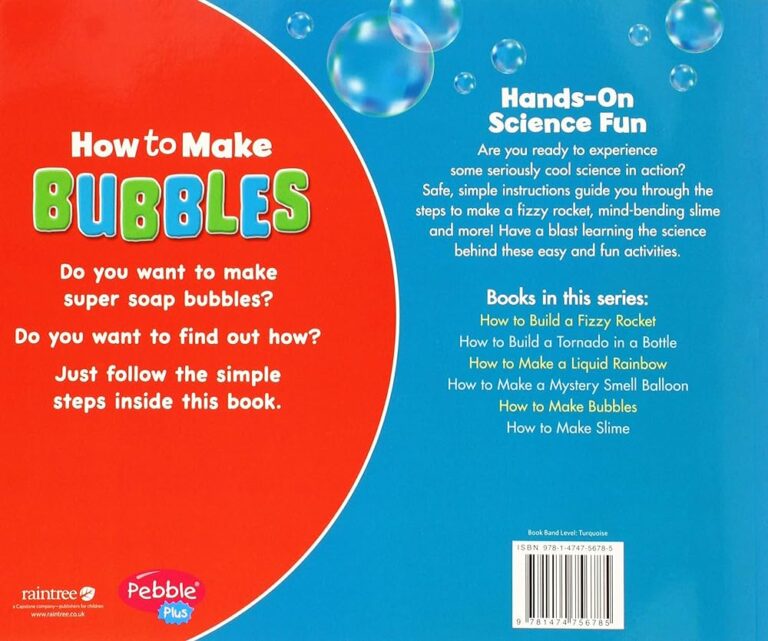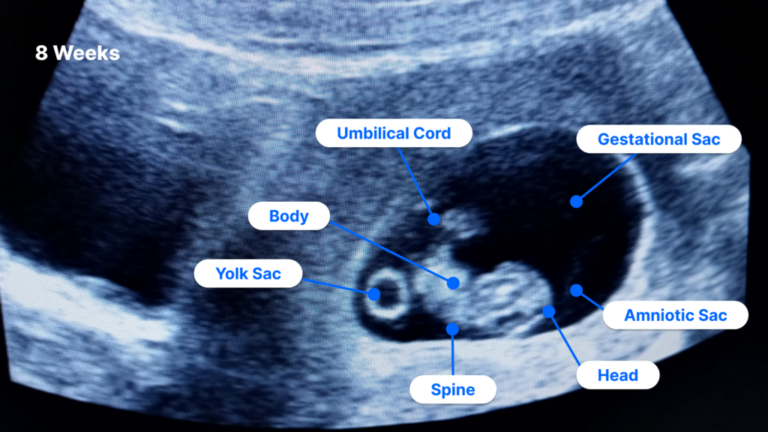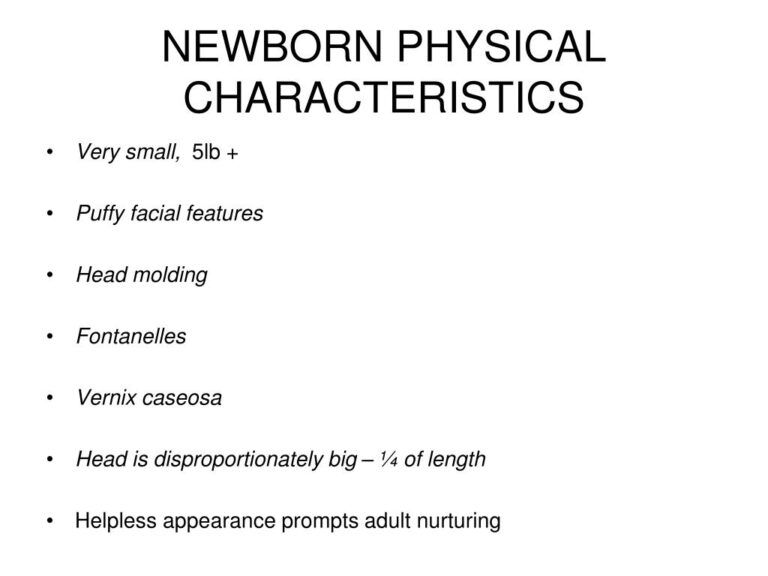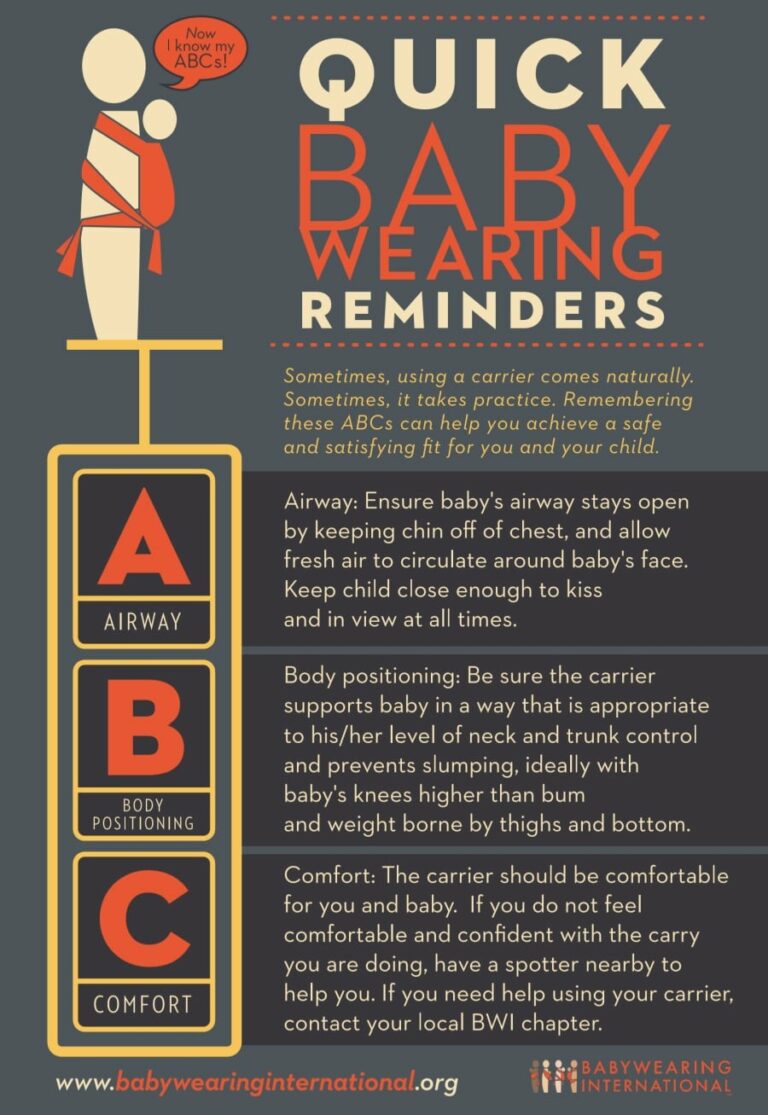How Do You Know If A Baby Is Teething
Are you a parent wondering if your little one is starting to teeth? The process of teething can be uncomfortable for babies and confusing for parents. In this article, we will explore the signs and symptoms that indicate your baby is teething, along with tips on how to help them through this milestone. Let’s dive into the world of teething and learn how to identify if your baby is going through this stage.
Knowledge
Teething typically begins around 6 months of age but can vary from baby to baby. Some babies may start teething as early as 3 months, while others may not begin until closer to their first birthday. One of the first signs of teething is drooling. Your baby may start drooling more than usual as their salivary glands become more active to help soothe their sore gums. You may also notice that your baby is more irritable than usual. Teething can be uncomfortable and painful, leading to fussiness and crankiness.
Another common symptom of teething is the urge to chew on objects. Your baby may start gnawing on their toys, fingers, or anything they can get their hands on to help relieve the pressure on their gums. You may also notice that your baby’s gums appear red and swollen. This is a clear indication that a tooth is trying to break through the surface. Some babies may experience a slight fever while teething, but this is usually low-grade and should not cause alarm.
Teething can also disrupt your baby’s sleep patterns. They may have trouble falling asleep or wake up more frequently during the night due to the discomfort they are experiencing. You may notice that your baby is more clingy and in need of extra comfort and cuddles during this time. It’s essential to provide your baby with extra love and attention to help them feel secure and reassured.
As your baby’s teeth start to emerge, you may feel the sharp edges of the tooth under their gums. This is a sign that the tooth is about to break through, and you can expect to see it poking out soon. Once the tooth has fully erupted, you may notice a change in your baby’s eating habits. They may be more interested in solid foods and less interested in breastfeeding or bottle-feeding. It’s essential to offer your baby a variety of soft foods to help soothe their gums and provide relief.
Conclusion
In conclusion, knowing the signs and symptoms of teething can help you better understand if your baby is going through this stage. By recognizing the common indicators such as drooling, irritability, chewing, swollen gums, and disrupted sleep patterns, you can provide the necessary support and comfort to help your baby through this milestone. Remember to be patient and understanding as your baby navigates the teething process.
Teething is a natural and essential part of your baby’s development, and it’s essential to be prepared and informed to handle it effectively. By staying attentive to your baby’s needs and offering comfort and care, you can help them through this challenging time with love and understanding. Remember, every baby is different, so it’s essential to tailor your approach to meet your baby’s individual needs.

